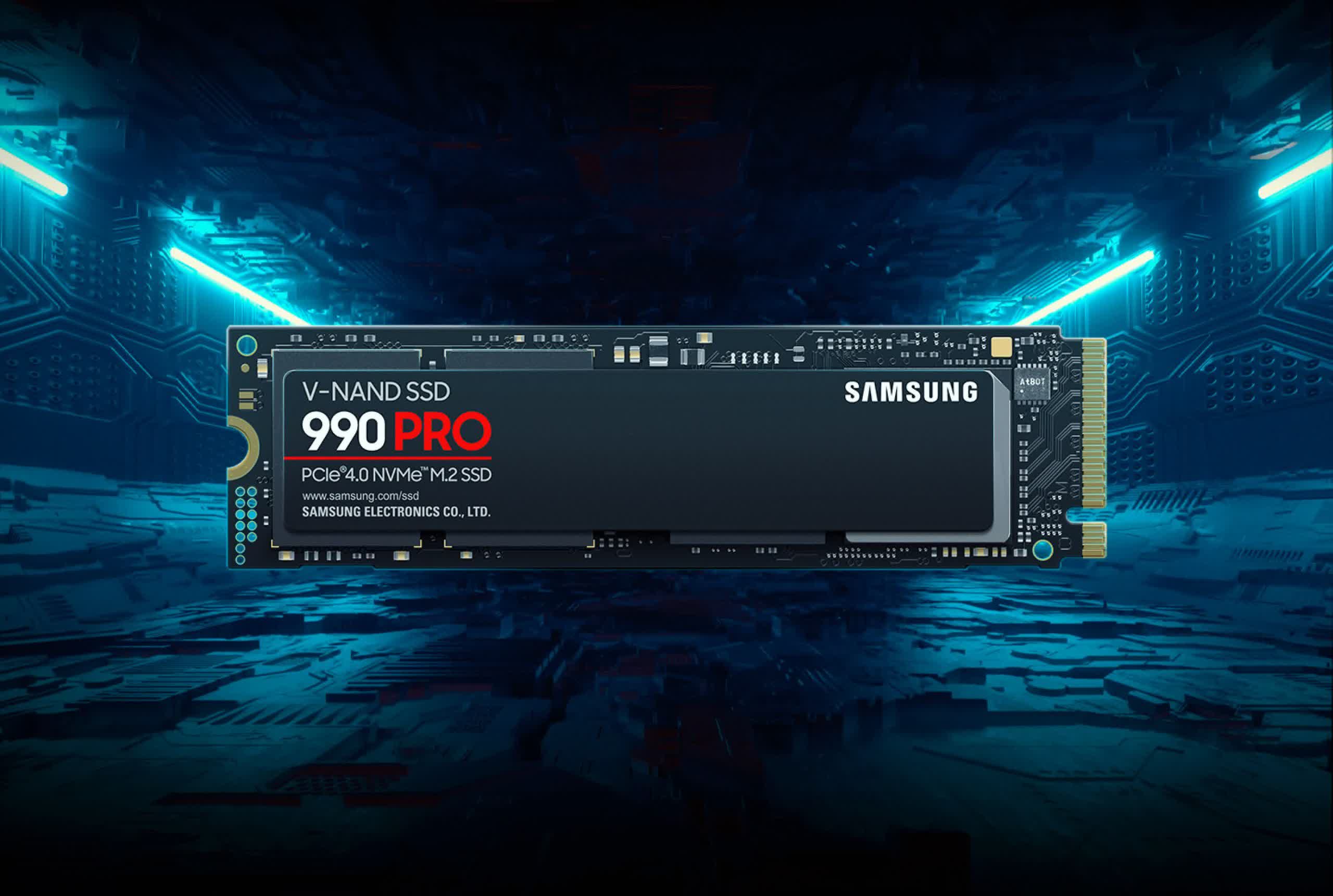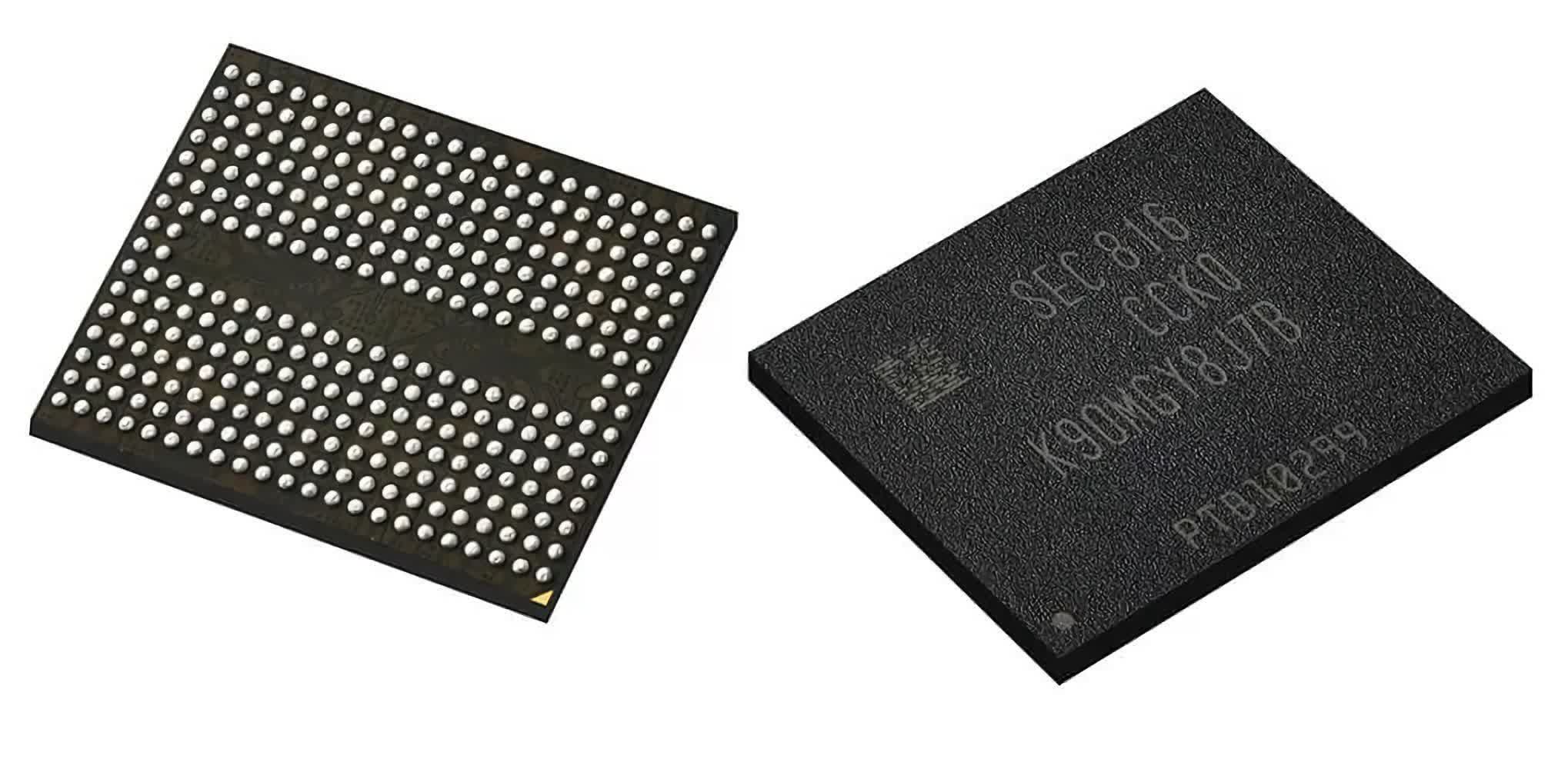Something to look forward to: As companies attempt to squeeze every last bit of speed possible out of PCIe 4.0 SSDs, they've begun to focus on the newest standard, PCIe 5.0. While some manufacturers have reported 10+ GB/s capable drives, Samsung has attempted to overthrow all of its competition with its 8th-generation V-NAND.

Earlier this year, we covered Samsung's newest and fastest NVMe solid-state drive, the 990 PRO. The 990 PRO boasted speeds of "up to 7,450 MB/s," and reviews showed it to be one of the best PCIe 4.0 SSDs for consumers. The drive features Samsung's 7th-generation "V-NAND" flash. However, the company doesn't plan to use the 7th-gen chips for long.
In August, Samsung began the production phase for its upcoming 8th-generation V-NAND. At the time, the specifications were somewhat vague. In a more recent announcement, Samsung made the speeds of these new flash modules public, which are impressive.
Samsung's 8th-generation V-NAND features the expected 236 layers as well as supporting up to 2.4 GT/s, which equals to over 12 GB/s. Samsung claims that this is a 1.2x boost compared to the previous generation of its V-NAND.

The 8th-generation V-NAND also allows up to 128 GB on a single flash module, allowing it to pack even more storage space onto a drive. There is no available information on the capacity each 7th-generation V-NAND chip could support. However, Samsung does ensure that its 8th-generation V-NAND features "the industry's highest bit density."
We may see Samsung use this new NAND generation on PCIe 4.0 SSDs before using it on PCIe 5.0 SSDs. It could allow Samsung to break the 8 GB/s bandwidth limit of a PCIe 4.0 x4 slot, a feat not even the 990 PRO reached, coming approximately 550 MB/s short of the accomplishment.
There is no official release date for consumer drives featuring 8th-generation V-NAND. The first SSDs with the new technology will likely cater to enterprise usage, primarily for workspaces and servers. Though, consumer-grade SSDs with 8th-generation V-NAND should be right behind those workplace integrations.
Overall, this is an exciting time to be someone with a PCIe 5.0-supported computer. In a matter of months, you'll be able to take advantage of the fastest storage devices on the market. While Samsung may initially be "late to the party," its first PCIe 5.0 SSD will draw ample attention whenever it arrives.
https://www.techspot.com/news/96582-samsung-8th-gen-v-nand-expected-support-over.html